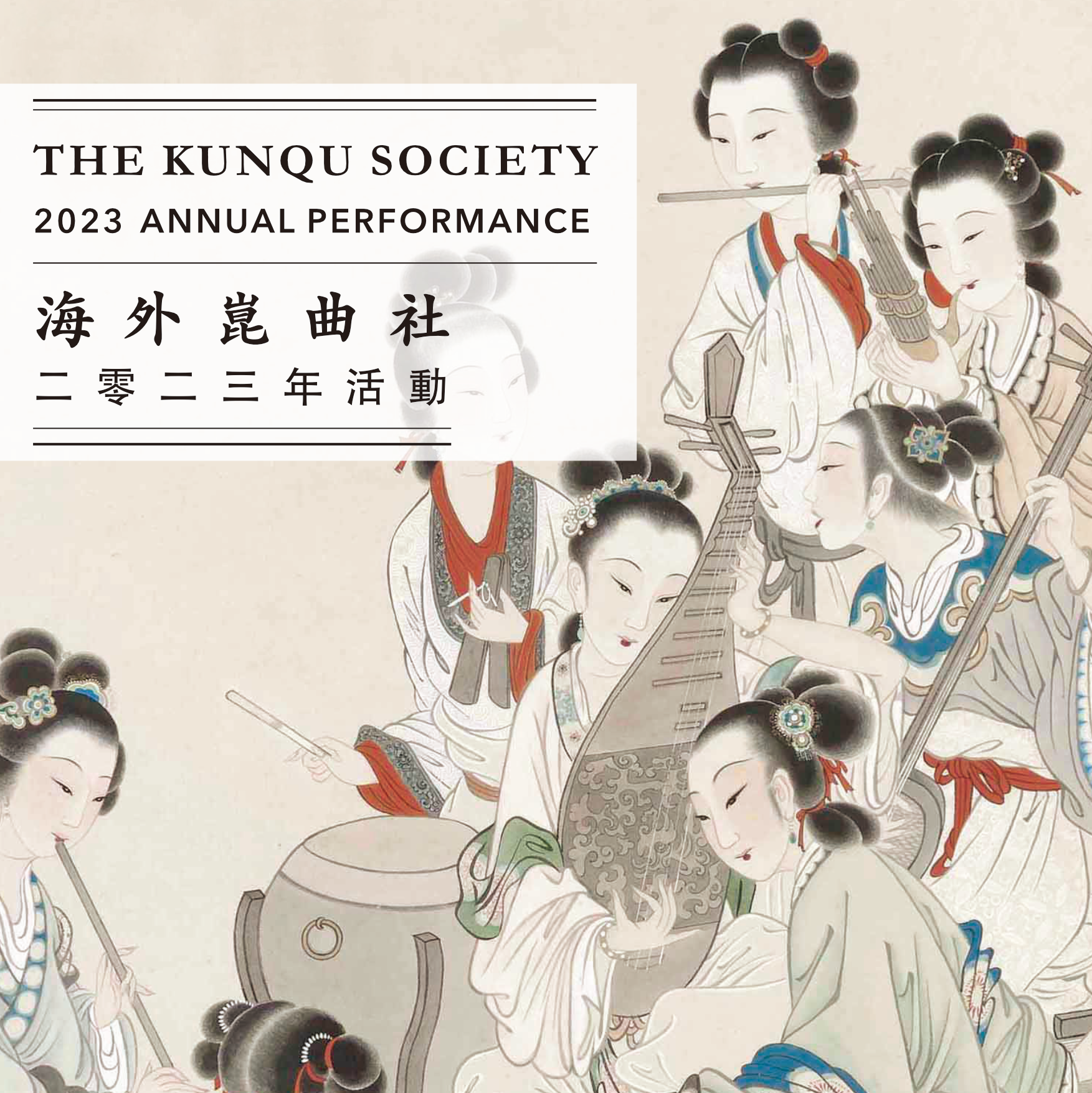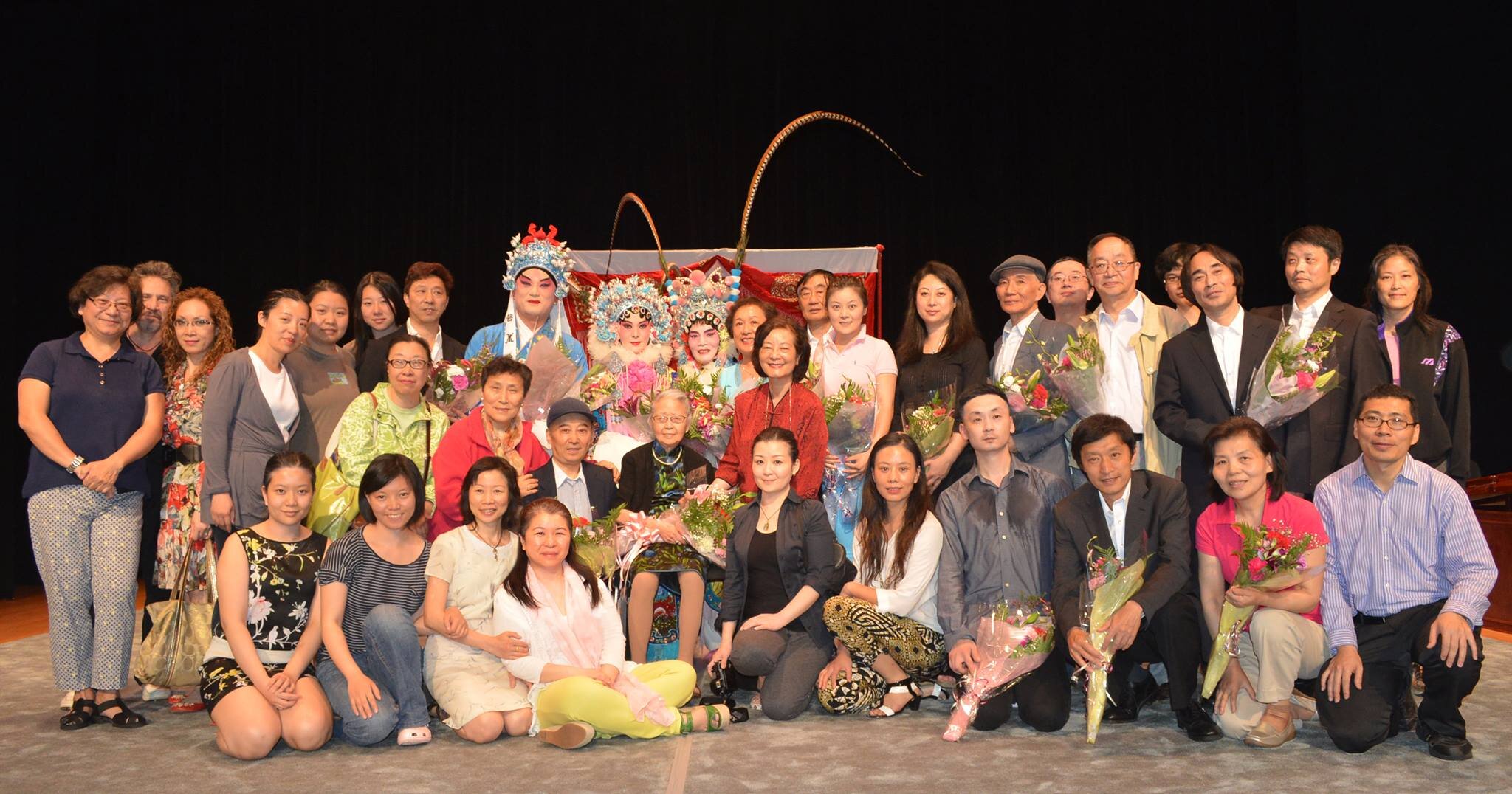



「經典百年」崑曲公演:《牡丹亭》400 Years of Legacy: The Peony Pavilion
南宋初年,南安太守杜寶,有個聰明美麗的女兒,名喚麗娘。杜家家教甚嚴,又請了個老儒生陳最良授麗娘誦習詩書,不許擅出閨門一步… The Peony Pavilion (1598), also known as The Return of the Soul, was written by the prominent playwright Xianzu Tang (1550-1616). Included in his four dream plays, The Peony Pavilion has long been regarded as a masterpiece of Chinese literature and kunqu.

張繼青崑曲藝術傳承 Passing on the Kunqu Art: From Master to Disciples
《爛柯山》痴夢、《牡丹亭》〈遊園〉〈驚夢〉〈尋夢〉
"A Maddening Dream," from Ballad of The Rotten-Ax Mountain; "A Stroll in the Garden," "An Interrupted Dream," and "Dreamland Revisited," from The Peony Pavilion

唯曲是寶 Kunqu, My Only Treasure
《長生殿》〈定情〉、《牡丹亭》 〈寫真〉、《水滸記》 〈活捉〉、《鳳凰山》〈百花贈劍〉”The Pledging of Love” from The Palace of Eternal Youth, “The Self-Portrait” from The Peony Pavilion, “Taken Alive” from The Water Margin, and “Princess Florets” from The Phoenix Mountain
